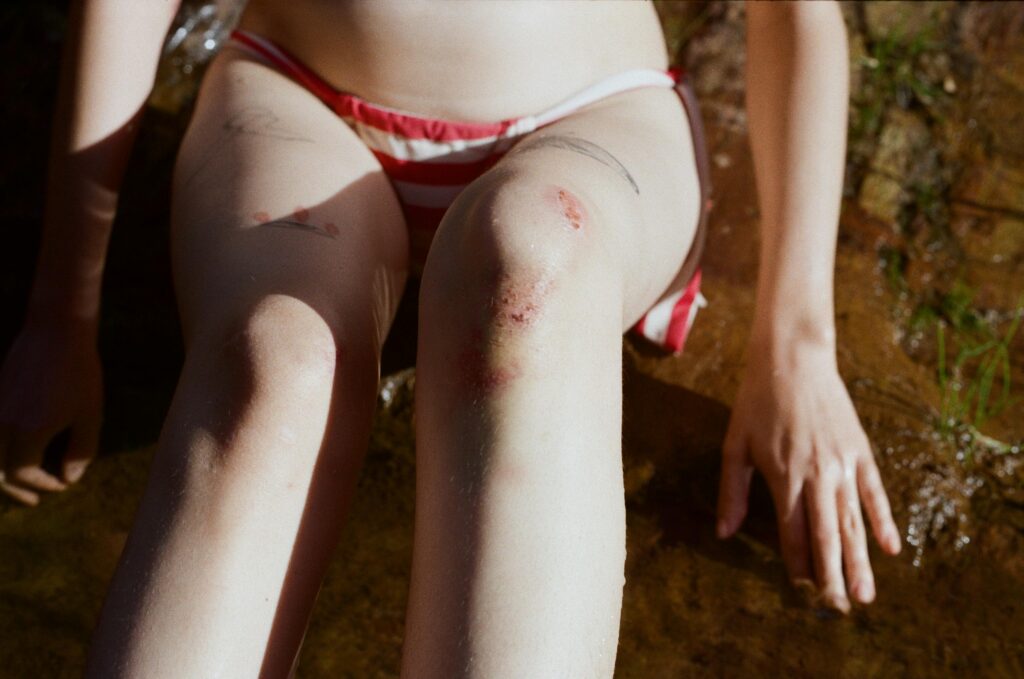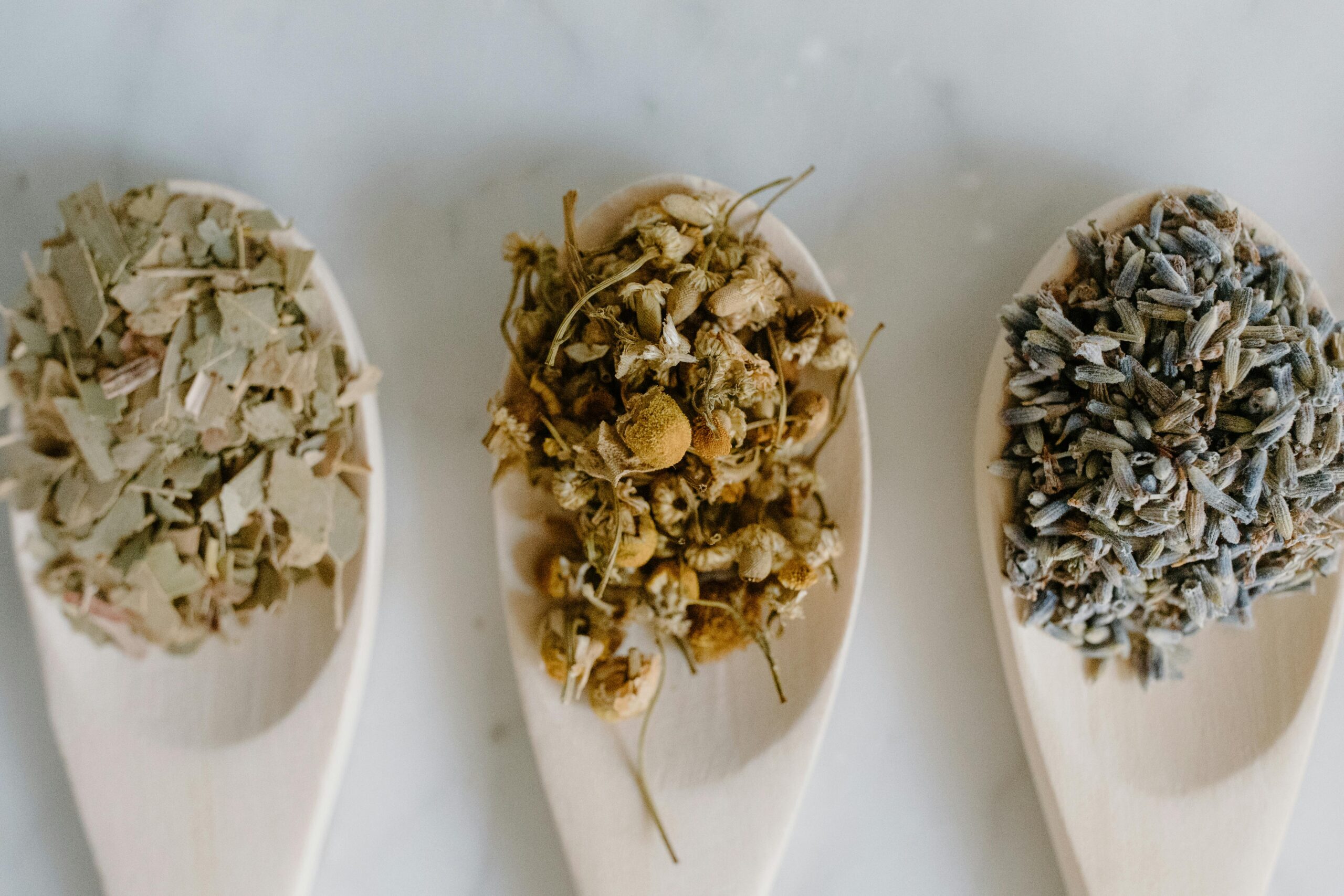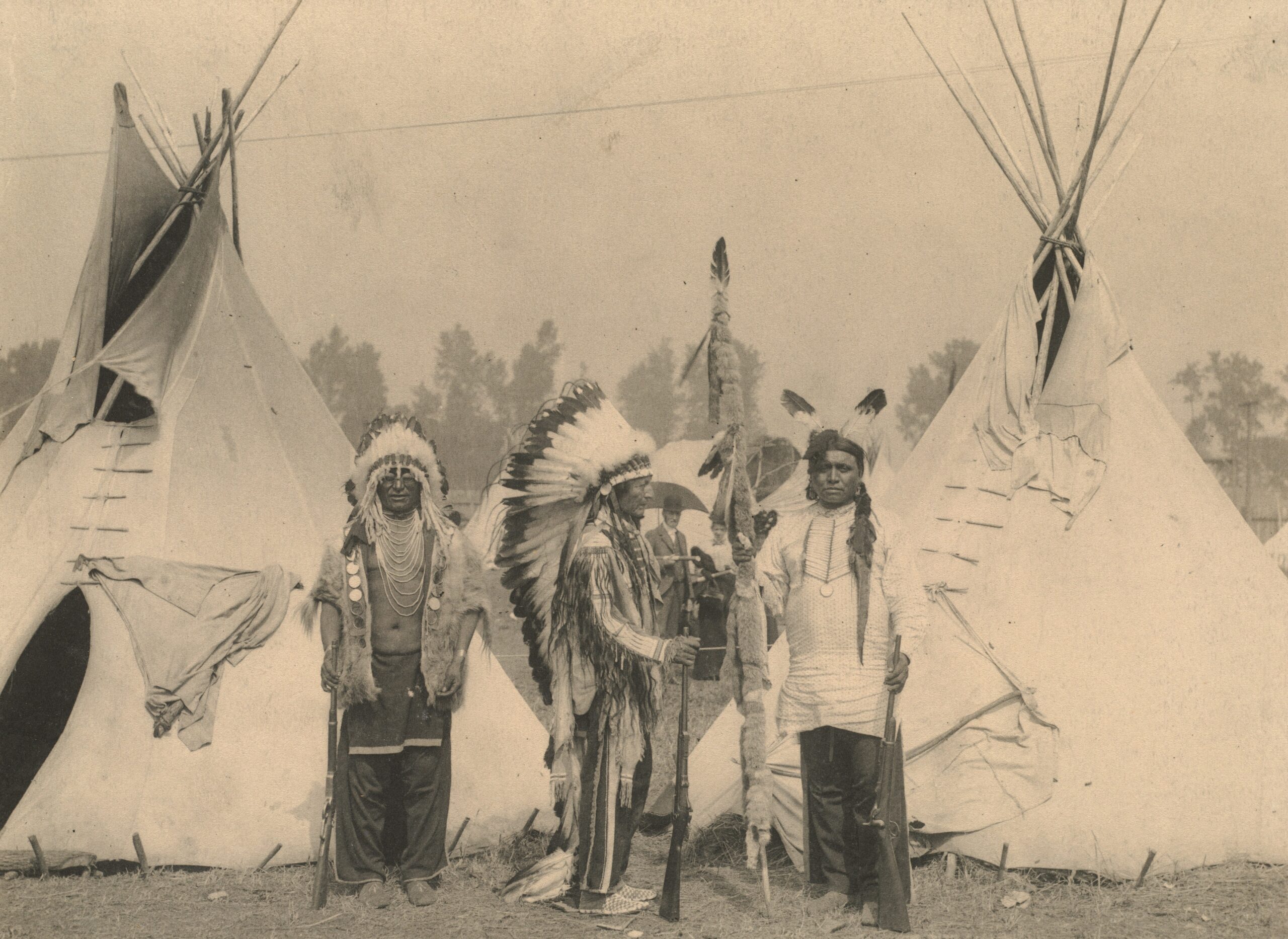In the age of returning to our roots and embracing the wisdom of nature, herbal salves stand out as a testament to the healing power of plants. These potent concoctions not only soothe bumps and bruises but also offer a gentle remedy for a variety of skin irritations. By crafting your own herbal salves, you harness the power of nature to heal and nourish the skin from the outside in.
Herbal salves are thickened ointments made from infusing oils with herbs and then blending the infusion with beeswax to create a semi-solid state. They act as natural first aid for the skin, providing moisture, protection, and the healing properties of the herbs used in their creation.
Benefits of Making Your Own Salves
- Customization: Tailor the salve to address specific skin concerns by choosing herbs based on their healing properties.
- Natural Ingredients: Control what goes on your skin by avoiding synthetic chemicals and fragrances.
- Sustainability: Embrace an eco-friendly approach by using organic, locally sourced ingredients.
Key Ingredients
- Carrier Oils: Such as coconut, olive, or almond oil, to infuse with herbs. These oils carry the medicinal properties of the herbs into the skin.
- Beeswax: Gives the salve its solid form and acts as a natural skin protector.
- Herbs: Choose based on desired healing properties. Common choices include calendula (for soothing), comfrey (for bruises), and lavender (for calming).
DIY Herbal Salve Recipes
Calming Lavender Salve
- Ingredients: 1 cup olive oil, ¼ cup dried lavender flowers, 2 tbsp beeswax pellets.
- Benefits: Ideal for soothing stress, minor burns, and insect bites.
Healing Comfrey Salve
- Ingredients: 1 cup coconut oil, ¼ cup dried comfrey leaves, 2 tbsp beeswax pellets.
- Benefits: Promotes healing of bruises, sprains, and strains.
Soothing Calendula Salve
- Ingredients: 1 cup almond oil, ¼ cup dried calendula petals, 2 tbsp beeswax pellets.
- Benefits: Excellent for cuts, scrapes, and general skin care.
Step-by-Step Guide
- Infuse the Oil: Gently heat the carrier oil and herbs in a double boiler for 2-3 hours. Strain the herbs from the oil.
- Melt the Beeswax: Add beeswax to the infused oil and heat until the beeswax melts.
- Pour and Cool: Pour the mixture into tins or jars. Allow it to cool and solidify.
Application and Care
Apply a small amount of salve to the affected area and gently massage it into the skin. Remember, herbal salves are meant for minor skin irritations, cuts, and bruises. For more serious conditions, consult a healthcare professional.

In making your own herbal salves, you’re doing more than just creating a natural remedy; you’re reconnecting with the age-old wisdom of herbal medicine. These simple, yet powerful, salves remind us that nature offers some of the best tools for healing and care.



